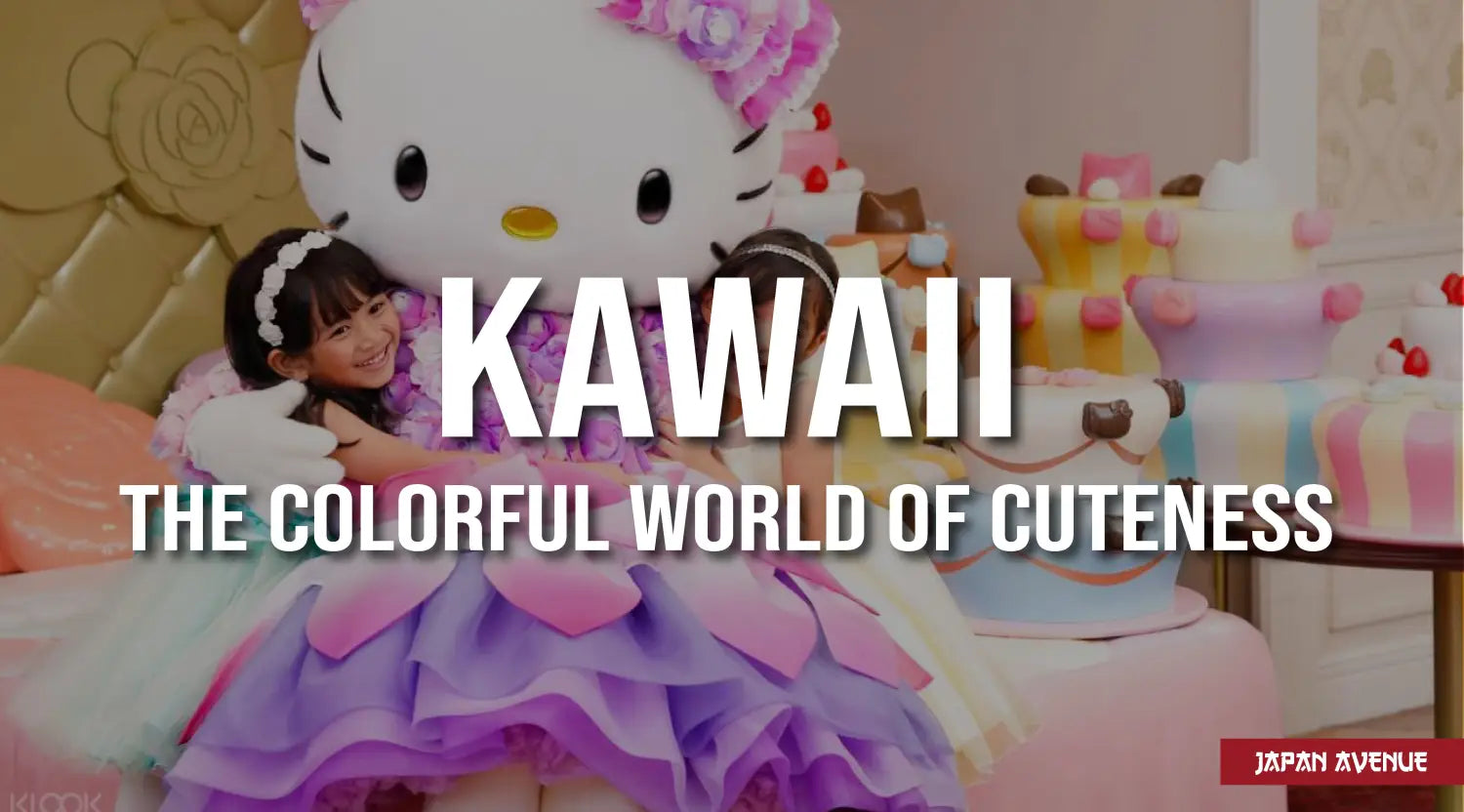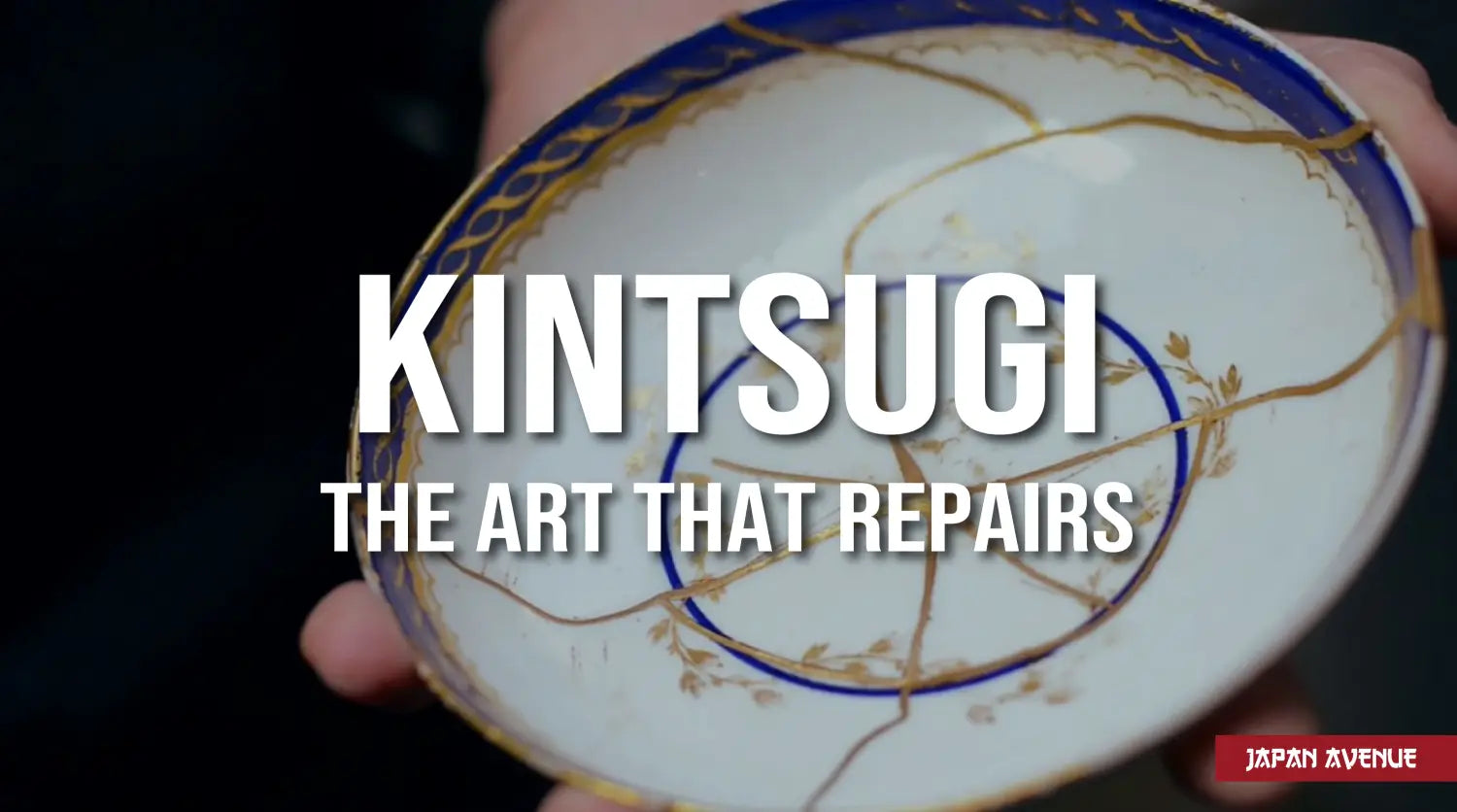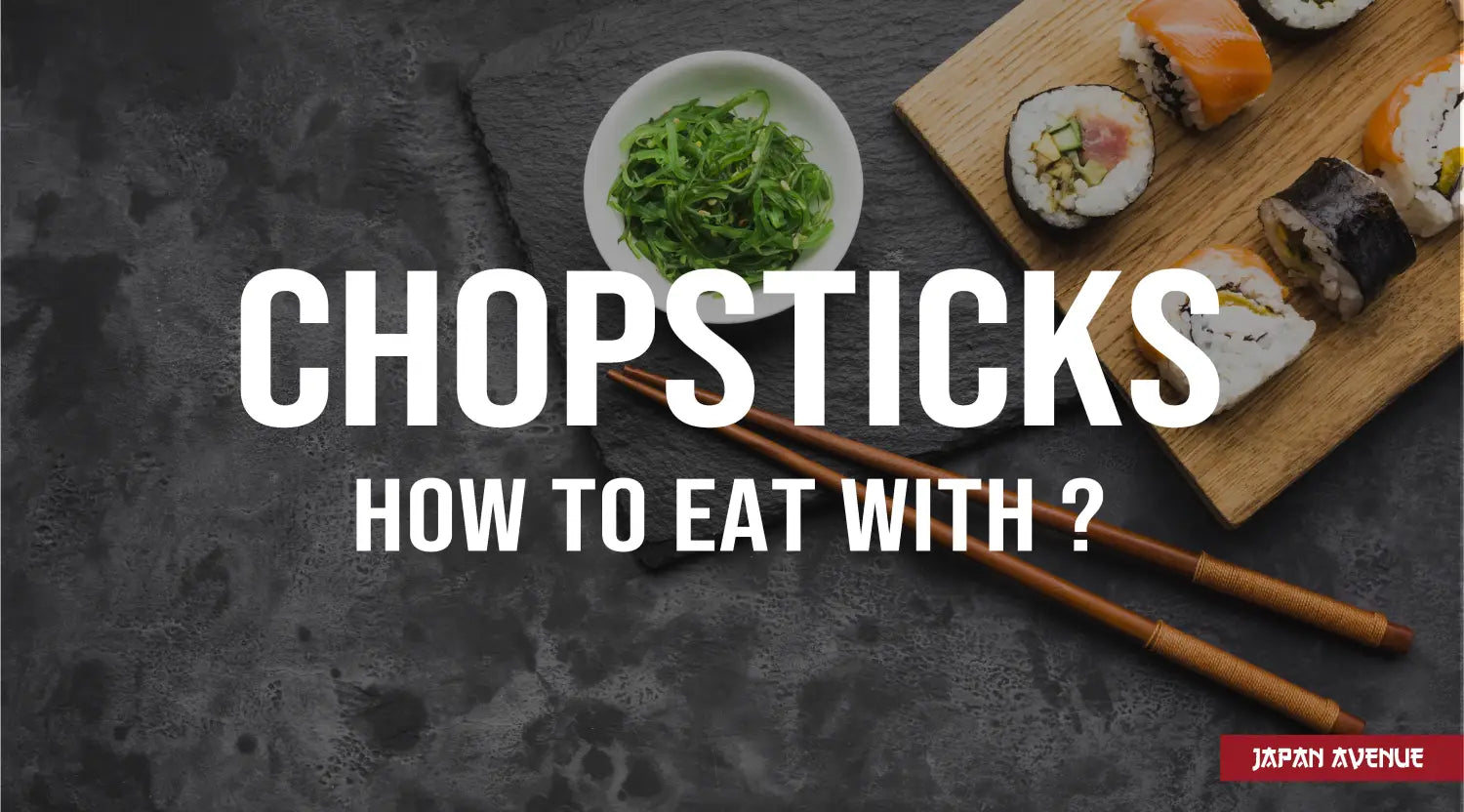If you are lucky enough to go on a trip to Japan, you will undoubtedly hear Japanese people saying the word "kawaii" (pronounced "ka-wa-iiiiii", with emphasis on the "iiiii") all over again, especially if you happen to be in the Harajuku district, an iconic place of Japanese pop culture. 😻 And, if ever you don't hear it, you will inevitably see it.
As a Japanese adjective for something or someone cute, the word kawaii (可愛い, or かわいい) is frequently used in Japan. This culture of cuteness can be found either in the clothing style of some young girls, on advertising posters, in j-pop music or even in the Japanese cuisine!
But what does kawaii mean? Where does this surprising culture of cuteness, of adorableness and of big-headed stuffed animals like Hello Kitty come from? That's what we're going to find out in this article. 😄
Get ready to discover the kawaii universe, a very surprising parallel world!
Origin and definition of the word "kawaii"
The first meaning that pops up in our minds when talking about kawaii is the term "cute".
In reality, the connotation of the word kawaii has not always been positive and its current definition cannot be resumed in one single word. Its origin is said to come from the word "kaohayushi" used during the Heian period (794 - 1185) for describing "a face reddened by shame or guilt". 😳 During the Taisho era (1912 - 1926), this word evolved into "kawayushi" which means "embarrassed, pathetic, vulnerable" or "adorable, cute, small". This double meaning word then ended up giving the term kawaii as we know it, as well as the term kawaisô which means "pathetic".
The term kawaii is used to define something or someone cute, innocent and pure. Behind this word there are also connotations of shyness, vulnerability and tenderness. When you think of kawaii, you may think of babies with their rosy cheeks 👶 or fluffy little creatures, like baby kittens or dwarf bunnies. Generally, this notion of cuteness refers to the innocence of youth.

Fictional characters described as "kawaii" all have the same characteristics, including a round head, generally disproportionate to the body, very large round eyes, a very small nose and a very small mouth. As for colors, they are generally in pastel tones, shades of pink, blue... in brief, a wide range of colors that remind us of childhood.
The birth of the kawaii culture, an act of rebellion
The birth of the kawaii style is quite complex and full of mysteries, it is difficult to date with precision its appearance and even more difficult to explain it in one way. However, it is possible to make a link between the appearance of the kawaii style and some acts of rebellion by students.
In the late 1960s and early 1970s, Japanese university students launched a protest movement against traditions, academic knowledge and stifling authority. 😠✊ During this act of rebellion, many of them skipped class to read children's mangas. This immature behavior was a protest against the stress, social constraints of adult life, and the demands of corporate work.

There also was a real calligraphic revolution. Young girls started to write horizontally with rounded characters, regular strokes and adorned with small drawings and symbols like hearts, stars and cute facial expressions (which will later lead to the famous smileys that we all know 😉).
This new way of writing, far from the traditional vertical calligraphy with its rigorously irregular brushstrokes, was a phenomenal success in all Japanese schools, to the great despair of the teachers as the copies became unreadable. This style of writing, known as burikko-ji (childish characters) or koneko-ji (kitten characters), was even declared forbidden in some schools.

When the industry became aware of the extent of this phenomenon, it did not take long for the companies to adopt this fashion of cuteness. To sell their products or services, advertisers did not hesitate to use the kawaii style of writing as used by young Japanese. One of the first companies to follow the kawaii trend is undoubtedly the Sanrio company which created, in 1974, a world famous kawaii character: Hello Kitty!
Omnipresence of kawaii in Japanese culture
Originally perceived as a protest movement, kawaii has now become a true part of Japanese culture and is deeply rooted in society.
The adjective kawaii can be used to characterize a being, an object, but also an attitude, a clothing style or a situation. The kawaii style extends from clothing fashion to art to cooking and to music.
🎵 Kawaii in music
If we had to mention only one pop icon and queen of kawaii at once, it would undoubtedly be the singer Kyary Pamyu Pamyu. To discover her colorful, acidulous and... strange universe, nothing like watching the video of her song Ponponpon.👇
If ever this overview didn't sufficiently convince you about the fact that Japanese people live in their very own world, listen to this song by the kawaii metal band Babymetal instead. 🤘 Thought the kawaii universe and heavy metal could never meet? Well, have a look yourself. 😄
👗 Kawaii in fashion
The kawaii clothing style is mainly feminine.
The goal? Adopting a very colorful and childish look loaded with all sorts of accessories: bracelets, necklaces, hair clips, bows in the hair, rhinestones and even super cute stuffed bags. 🎀
Clothes are adorned with frills, lace, puffy sleeves, high socks and patent shoes. The layering of fabrics, the mix of explosive or pastel colors, and the accumulation of gadgets are all part of the kawaii fashion dress code. And, since there is no such thing as too much color, wearing a wig with long pink, purple or blue hair is not a bad thing at all.

Within the kawaii fashion, there are different clothing styles. The most popular among Japanese girls is the one we described in the previous paragraph. This cheerful and colorful kawaii style is known as Sweet Lolita.
Gothic Lolitas are just as cute but in a completely different universe, much darker and more macabre. There are also the Wa Lolitas, very fond of traditional Japanese fashion, and the Fruits Lolitas that wear clothes with lively colors and fruity patterns. 🍓
👉 To learn more, check out our guide on how to adopt the Lolita style!
Kawaii fashion is expressed through clothing, numerous accessories and makeup, but also through a childlike body attitude. If you observe a young girl dressed kawaii, then you will notice that her feet are usually turned inwards, her head bent and her fingers stretched out to form a V shape. ✌️
🍱 Kawaii in the kitchen
In Japanese culture, it is a common practice to prepare lunch at home and put it in a box to carry and eat it at work, at school or simply when going out. This lunch box is called a bento box. Traditionally, mothers prepare the bento in the morning for each member of the family.
For children, the food in the bento is very often cut and shaped to look like cartoon characters or kawaii animals. 🐰
This particular kind of bento takes the name of bento kyaraben (from the word kyarakutaa which means "character"). Its intention is to show motherly love, but also to make the meal more appetizing and less boring for the kids.

The bento kyaraben has become a real success due to the growing phenomenon of kawaii. TV shows, cooking magazines and even contests are dedicated to it.
Some kyaraben are so elaborate that they look like real edible works of art. From now on, this kind of kawaii bento is not just for children and many adults around the world are having fun making their own kyaraben to bring a bit of joy and fun in their daily life. To do so, nothing could be easier, you only need to find the right bento accessories for making all kinds of characters. 😊
Oh and, without any transition, if you are both fascinated by the kawaii world and the manga universe, you should, at least once in your life, try the Maid café experience! 😜
📮 Kawaii at the service of companies, prefectures and various departments in Japan
The concept of kawaii doesn't stop here, quite the contrary, and it's not just reserved for the entertainment industry. Most companies have their own mascot, an adorable character that makes their company more attractive.
Similarly, each prefecture in Japan is represented by a mascot whose role is to promote the region. Imagine, even the police, the army and nuclear power have one! 🙃

Left, Shinjo-kun, the mascot of Susaki City, who won the mascot Grand Prix in 2016. On the right, Kumamon, the most famous mascot in Japan, representing Kumamoto prefecture..
To sum up, kawaii in Japan is much more than just a simple adjective to define something cute, much more than a fashion phenomenon, it is a true part of the Japanese culture.
Behind this so called desire to return to childhood, to a colorful and joyful world where everyone loves and accepts each other, couldn't we see a certain form of rebellion? This refusal to grow up might well be a way of challenging the future of the adult in Japan, their responsibilities towards the community, the obligation to conform and to work hard without showing the slightest sign of weakness.
Anyway, if you have the chance to go on a trip to the Land of the Rising Sun, you cannot escape the kawaii, no matter where you go. 😄



